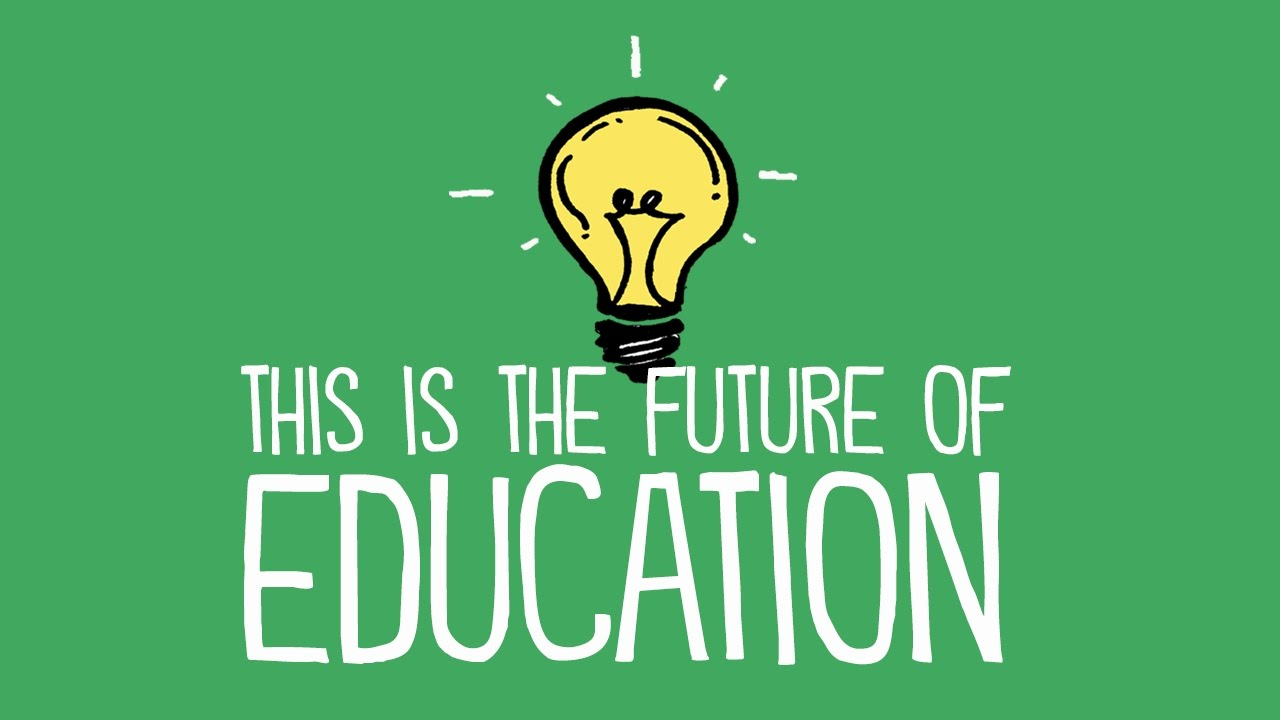BENEFITS AND CHALLENGES IN USING TECHNOLOGY IN CLASSROOM
Technology has become an inseparable element in many areas of our daily lives as well as education. With the rise of online courses and the benefits technology can bring to a lesson, technology seems to appear in every lesson of modern teachers. However, with the confines of classroom and learning environment, technology can be both beneficial and problematic at the same time. Therefore, teachers should have proper preparation before applying any technological tool in the lesson.
When designing a lesson, I usually consider which
technological tool should be integrated and whether it works as planned or not.
I expect that the technology I use will excite my students and keep them
engaged in the lesson. Moreover, using technology also builds up soft skills
for my students, namely team-work, collaboration or presentation skills. Nevertheless,
there are also challenges I have figured out when applying technological tool.
Firstly, there is no wifi-network in my school, so I have to use my personal
data, and sometimes I cannot connect to the websites because the data has run
out. Another drawback that I find quite true to my teaching that is it takes a
huge amount of teacher’s time to get used to a new tool and use it well.
Students are the ones who benefits directly from technology. Technology aids their learning by providing them with massive information on the internet. As I have mentioned earlier, technology boosts students’ skills and keep them involved in the activity.
Besides the advantages, there are
drawbacks that affect students’ learning. Technology can distract their attention.
Instead of paying attention to the targeted knowledge, some students take notice
of the music, colors or website themes. As a result, they do not complete the
assigned task as teacher asks. Furthermore, keep students safe online should be
taken in consideration. Increased access to technology can leave students
vulnerable to either intentionally or otherwise being exposed to graphic
content (including violent media and pornography), online predators, scammers
and hackers, and cyberbullying.
Working with other colleagues who are not advanced with
using technology may bring some challenges. Since their skills are not equally
as good as others’, so hardly can the group choose a new or complicated
technological tool to use. A possible solution is to get them go through the tutorial
session, but this also costs much time. Another challenge is that the group’s
rate can be slowed down, impacting the overall result. When facing such
situation, the group can divide the workload more appropriately like the
technological part should be given to the one who excels in technology and for
those who don’t, they should be in charge of the content or ideas.
In the classroom there are students who are interested in using technology and there are some who do not like the new way of learning. This can be explained by facts that some students do not have much experience with using technology at home or they are not allowed to bring their mobile devices to school. To deal with this situation, I often let my students share the devices with his or her neighbor, turning an individual task into a pair one. Another way that I have applied is using the tool that does not require a smart device.
The tool is Plickers which collects students’ answer by printable cards. For students who do not like the technological tool, I will turn the activity into a game or find a new tool so that they do not get bored in the lesson.






Nhận xét
Đăng nhận xét